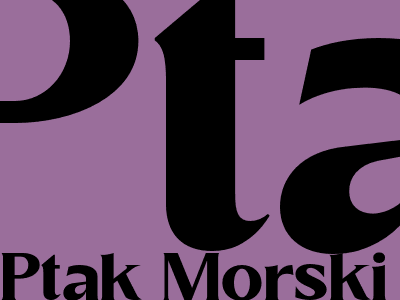The Ultimate Guide To Ptak Morski: A Traditional Polish Rye Casserole
Master the Art of Polish Cuisine with This Authentic Recipe
Unravel the Secrets of this Culinary Treasure from Poland
Ptak Morski, or the Polish "Sea Bird", is a traditional rye casserole that captivates taste buds with its rich, earthy flavors and hearty texture. Originating from the Gdańsk region in Northern Poland, this dish embodies the essence of Polish culinary heritage, showcasing the country's love for rye, cabbage, and savory meats.
In this comprehensive guide, we delve into the captivating world of Ptak Morski, exploring its origins, traditional preparation methods, and the secret ingredients that make this casserole so beloved. Join us as we embark on a culinary journey that unveils the history, flavors, and techniques behind this iconic Polish dish.
Origins and History of Ptak Morski
The origins of Ptak Morski can be traced back to the 14th century, when Gdańsk, then known as Danzig, was a thriving maritime hub and a major exporter of rye. The city's wealth and access to spices and exotic ingredients influenced the development of a rich culinary tradition, and Ptak Morski emerged as a testament to the region's culinary prowess.
Over the centuries, Ptak Morski became a staple in Polish homes, especially during festive occasions and gatherings. Its distinctive name, which translates to "Sea Bird", is believed to have originated from the casserole's resemblance to a seagull in flight, with the rye dough forming the wings and the cabbage filling representing the body.
Traditional Preparation of Ptak Morski
Creating an authentic Ptak Morski requires meticulous attention to detail and a deep understanding of traditional techniques. The process begins with preparing the rye dough, which forms the outer layer of the casserole. The dough is made from a combination of rye flour, water, and salt, and is kneaded until it достигается эластичной консистенции.
While the dough rests, the cabbage filling is prepared. White cabbage is finely shredded and mixed with sautéed onions, mushrooms, and minced meat. Seasonings such as salt, pepper, and marjoram add depth and flavor to the filling.
The next step is to shape the Ptak Morski. A portion of the rye dough is rolled out into a thin sheet, and the cabbage filling is spread over it. The dough is then carefully folded over the filling, creating a sealed package. The edges are pinched together to ensure the filling remains secure during baking.
Secret Ingredients and Flavors of Ptak Morski
The distinct flavors of Ptak Morski lie in its carefully selected ingredients and the balanced use of spices. Rye flour, known for its earthy and nutty taste, provides the casserole with its characteristic base. Cabbage contributes a refreshing crunch and a subtle sweetness, while the sautéed onions and mushrooms add depth and umami.
The minced meat, traditionally pork or beef, adds richness and a savory element to the filling. Seasonings such as salt, pepper, and marjoram enhance the natural flavors of the ingredients, creating a harmonious and well-rounded taste profile.
Cooking Techniques and Presentation
Ptak Morski is typically baked in a preheated oven until the rye dough is golden brown and crispy. The casserole can be served whole or sliced into individual portions. Traditionally, it is accompanied by a dollop of sour cream or a creamy mushroom sauce, further enhancing the flavors and textures of this Polish delicacy.
The presentation of Ptak Morski is equally important as its taste. The casserole is often garnished with fresh herbs, such as parsley or chives, adding a touch of color and freshness to the dish. It can also be served with pickled vegetables or a side salad to complete the meal.
Ptak Morski in Modern Polish Cuisine
While Ptak Morski remains a beloved traditional dish, contemporary Polish cuisine has embraced innovative interpretations of this classic casserole. Some chefs experiment with different types of flour, such as wheat or buckwheat, to create variations in taste and texture. Others incorporate additional ingredients, such as smoked bacon or dried fruit, to add new dimensions of flavor.
Despite these modern variations, the essence of Ptak Morski remains unchanged. It continues to be a cherished dish that embodies the heart and soul of Polish culinary heritage. Whether enjoyed as a traditional meal or reimagined with a contemporary twist, Ptak Morski continues to delight taste buds and captivate the hearts of food lovers around the world.

Komentar